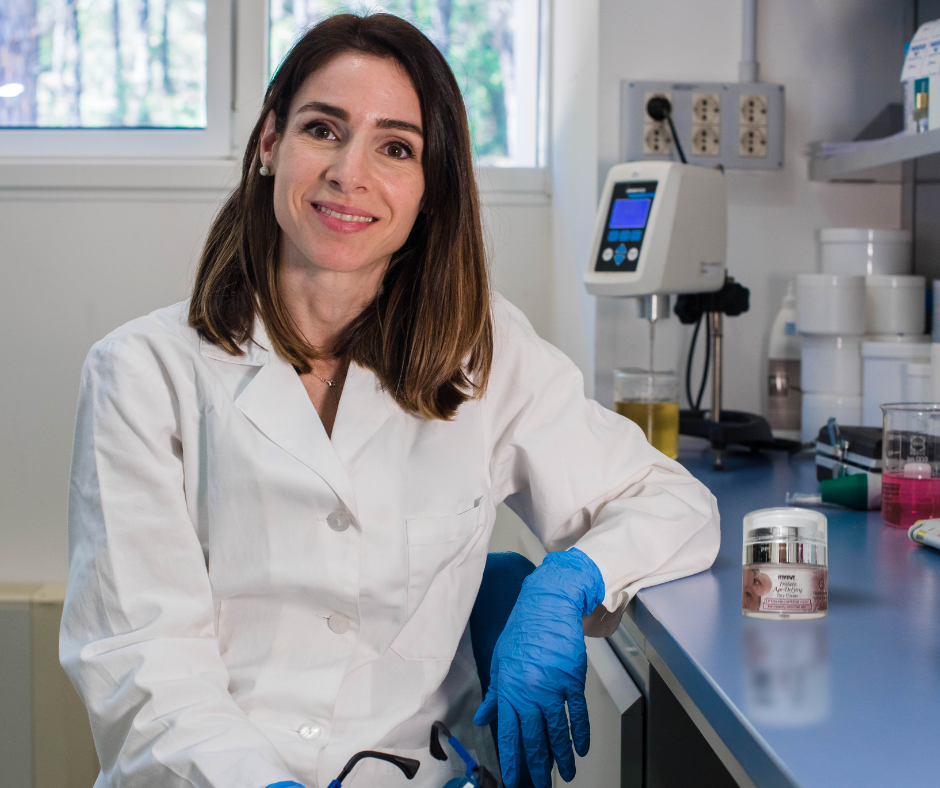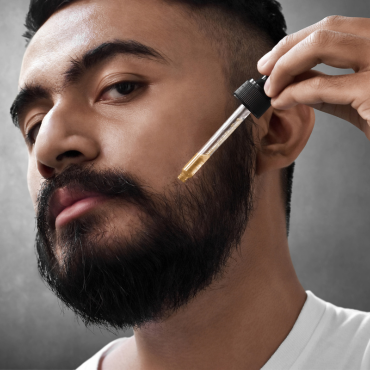Essential Oils (EOs) are often used in natural skincare for their scent, function and therapeutic effects – but they are very potent and require respect. In this blog post, we take a closer look at how to safely use essential oils in your formulations .
🌿 What are essential oils?
Essential oils are concentrated plant extracts extracted by distillation or cold pressing of, for example, flowers, leaves, bark or fruit peels. They contain complex mixtures of natural substances, often hundreds of different molecules – which makes them powerful, but also risky if used incorrectly.
⚠️ Safe dosage – less is more
Essential oils are always dosed very low in cosmetics. General guidelines:
-
Facial products : max 0.5–1%
-
Body products : max 1–2%
-
Perfume products : up to 5%, but requires careful assessment
-
Children, pregnant women, sensitive skin : avoid EO or use with great caution
Feel free to use an EO calculator tool or check the IFRA (International Fragrance Association) guidelines for each specific oil.
🌞 Phototoxicity – caution in the sun
Some citrus oils, especially bergamot, lemon, and lime , contain substances that make the skin more sensitive to UV radiation. This is called phototoxicity , and can cause blisters or pigment spots after sun exposure.
💡 Tip: Use furocoumarin-free (FCF) bergamot or keep the dosage below the safe limit (e.g. <0.4% for regular bergamot).
❗ Allergy risk and labeling
Essential oils contain natural allergens such as limonene, linalool, geraniol, etc. According to the EU Cosmetics Regulation, these must be listed in the INCI if they exceed certain thresholds.
To reduce the risk:
-
Do not use multiple allergen-rich oils in the same formula.
-
Stick to proven concentrations.
-
Avoid EO completely in products for very sensitive skin.
✅ How to use EO safely
-
Always read up on each oil's properties, dosage limits and possible risks.
-
Use an accurate scale – drops do not provide an accurate dosage.
-
Document which batch you used and how much.
-
Keep EO cool and dark – they oxidize easily!
-
Always test new products in small quantities before launching or using them regularly.
Do you want to create natural products with fragrance – in a safe and professional way? Continue to follow NSL Cosmetics' little formulation school for more knowledge and inspiration!
With fragrant greetings,
NSL Cosmetics







Leave a comment